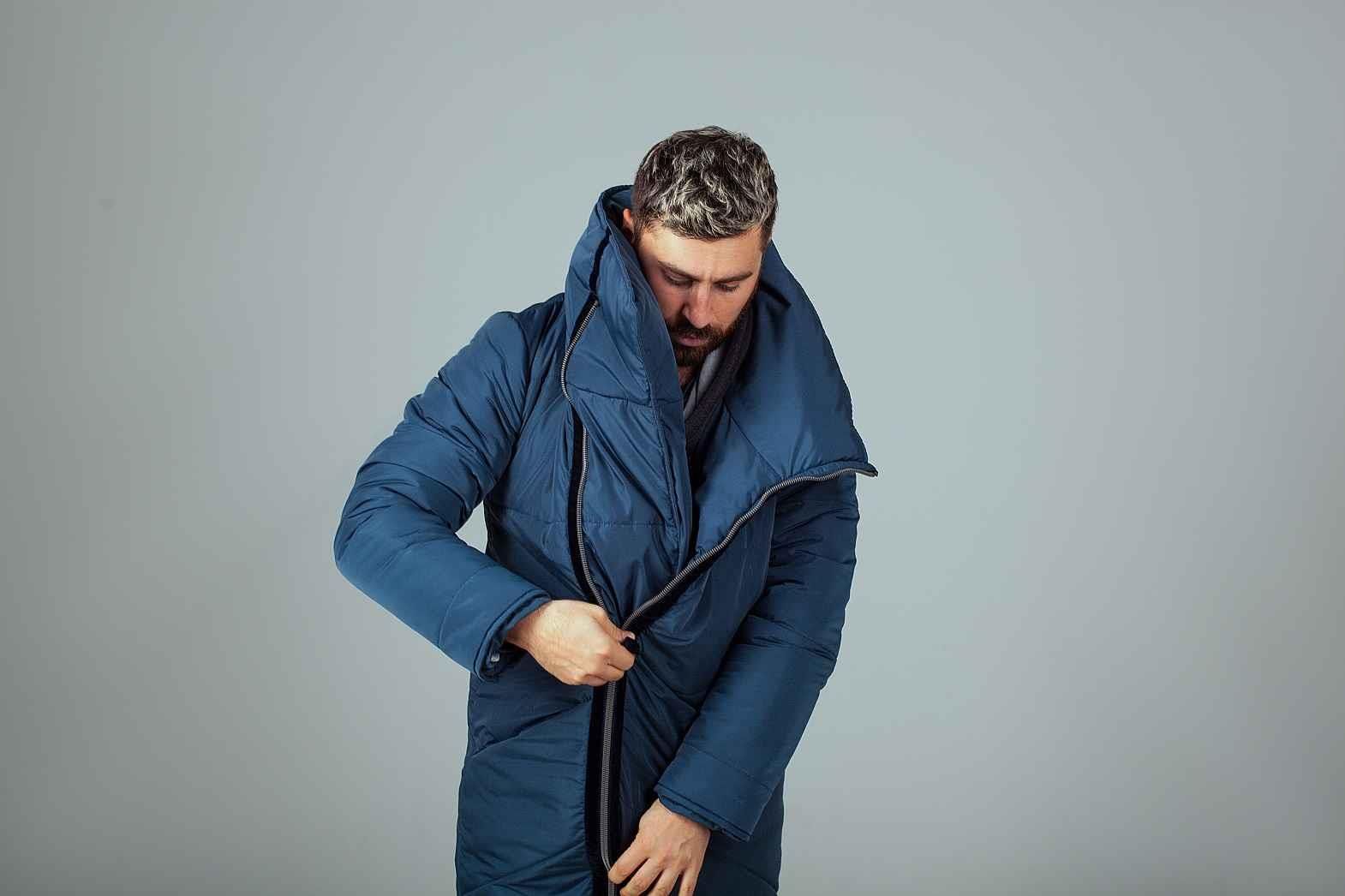Capturing the heat
The infrared concept has long been rooted in the cultures related to the Asian domains. Asian therapies often emphasize the importance of blood circulation for well-being. Chinese Qi Gong is known to advocate this theory. Though other products like infrared heat lamps, etc., were easily available in the market, FIR clothing is a comparatively new development. FIR fiber was developed by a Californian company in 2003. Since then, many brands have been launched in the global market. The fabric has already proved its mettle in the field of extreme sports. International sports brands are also taking keen interest in developing a special range of sports gear that can give promising performance during colder temperatures. The medical fraternity too has shown support for this fabric's use in diabetic foot care, bedding, and mattresses. Brands are also promoting shapewear and slimming lingerie designed on far-infrared mechanisms.
Odyssey so far...
The first company to launch FIR textile, Hologenix, has recently announced its collaboration with Puma on a line of men's athletic apparel inspired by Olympian Usain Bolt. Hologenix's FIR fabrics have found a place in markets of the United States, Taiwan, South Korea, etc. One of the commercial versions of FIR-emitting textiles for apparel was marketed by the French company HT Concepts. The move has expanded the reach of infrared technology into several sectors, such as fashion apparel, bedding, and technical accessories that include helmets and automotive seating. Among the latest innovation in FIR, Swiss company Schoeller's version of FIR-reflecting technology has been applauded worldwide. The company's fabric uses a titanium-mineral matrix that can be integrated into membranes and coatings.
Schoellers FIR expertise was applauded by Lee Davis, race car driver and founder of Luna C Clothing for auto racing. In one of his interviews, Davis vouched for FIR fabric's high-performance stating that the technology captures the far infrared rays and puts them back into the body, which results in higher concentration and focus, a lower pulse rate and lowers the time body takes to recover. Schoeller has launched a variety of technical fabrics based on FIR technology. The outerwear range includes denim, water-repellent viscose or polyester blends for outerwear and wool blends.
Receptive global market
Aging population, record breaking temperature in winter and increase in purchase by urban population, are some of the reasons that back FIR fabric. The growing need of this fabric has led to market expansion of functional fabrics in China and Taiwan. In recently concluded Autumn-2014 edition of Intertextile Shanghai Apparel Fabrics held in China, FIR was among the most sought-after functional fabrics. China has entered third grade research on high stimulation differentiated fibres including far infrared. The United States, Europe, Australia, etc import far infrared textile from Taiwan, China and other countries to meet the rising demand of the fabric.
Further innovations
The emphasis of textile companies is now on increasing performance and enhancing function of far infrared textile. Technical textile manufacturers are generally in good shape, the fact which indicates easy flow of funds into further research and development of far infrared products. The fabric has already entered the world of fashion and the acceptance is humbling so far. Continuous innovation has made this textile a rage across the world and leading companies along with international brands are diversifying FIR textile further, which is expected to lead to growing awareness and acceptance among prospective consumers.
References:
1. Innovationintextiles.com
2. Digitimes.com
3. Itmf.org
4. Talk2myshirt.com
5. Yingjietex.com








Comments